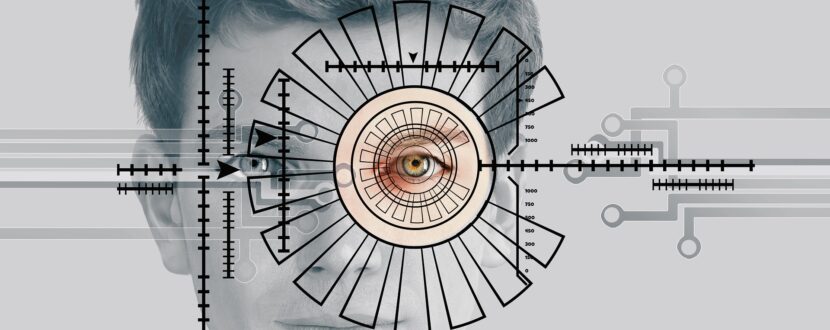After years of delays, strong customer authentication (SCA) rules finally went into effect in the UK in March 2022. Initial reports point to a notable drop-off in completion rates due to SCA. However, we shouldn’t necessarily anticipate a tremendous drop-off in chargebacks to accompany this trend.
Why? Well, we will delve into that more later. First, let’s examine the state of the SCA rollout now that the deadline has finally passed.
SCA is Now in Effect
Strong customer authentication impacts any EEA business that accepts payments from consumers or businesses or services using payment or customer data and services that assist in the electronic payment process. PSD2 and SCA implementation has gone relatively smoothly for most parties. This is probably a direct result of the several years of delays allotted for the compliance deadline.
That said, there have been reports of payment instabilities and lower retention rates. According to GoCardless and Zuora, recent online payment failures account for a 40% reduction in customer retention.
This report bodes ill for companies already struggling to adjust to the new standards and, worse yet, for the projected long-term effect of the legislation. Point in fact, SCA regulations often lead to false declines, dropped payments, and a general lack of customer satisfaction and trust. While added security measures were certainly in order, the methods mandated by SCA regulation hint at an uncertain future for digital commerce.
SCA Not a Cure-All for Chargebacks
Thus far, merchants have seen little-to-no fluctuations in the frequency of disputes after the strong customer authentication mandate. The legislation has had little impact on the overwhelming surge of chargebacks related to friendly fraud. This is because SCA requirements have no negligible impact on invalid chargeback claims.
Although the law made strides toward the redundancy of specific chargeback reason codes often used in the commission of friendly fraud chargebacks, it hasn’t eliminated them. Indeed, those chargebacks have simply shifted reason codes without a hiccup in frequency. While this might change the order and shape of the chargebacks filed against merchants, it certainly does not prevent them.
As always, we advise financial institutions who work with merchants to consider expanded chargeback management and prevention options. Banks are urged to remain apprised of any changes in chargeback policy, and maintain open lines of dialogue with issuers and card networks.
Additional SCA Concerns
Aside from false declines and lost retention figures, other concerns have come up in connection with with strong customer authentication:
Transaction Risk Analysis (TRA)
The onset of SCA heralds a secondary liability shift between merchants and banks. Liability for some claims has shifted from merchants to issuers.
Transaction risk analysis, or TRA, lets merchants conduct real-time analysis to determine if a transaction requires SCA. As part of this migration, some merchants have expressed a desire to shift this role to their acquirer. Such a move would provide the bank with oversight over disputed transactions; namely, which are to be challenged and which should not be.
However, all merchants affected by SCA rules do not share this desire. There could be unforeseen problems; if liability shifted again, the responsibility for chargebacks could revert to merchants, for instance.
3D Secure 2.0 (3DS)
3DS technology encourages safer, more secure logins and payments online. It is also supposed to streamline the checkout process, making it faster and providing more reliable authentication. The idea being that, if merchants allow 3DS to overawe transaction risk analysis, the dispute process will be faster and far more efficient.
But, 3DS has its downsides. For one thing, it is consistently sensitive and rife with glitches, which can lead to lost sales and a lack of consumer trust.
Authentication failures like false declines and abandonment are just two examples of the potential problems. Heightened security is a great thing, but that security can lead to lost revenue and even chargebacks when technical issues arise. 3DS tends to trigger issuer declines to combat fraud. Merchants may feel the backlash in their conversion rates, while doing comparatively little to stop chargebacks.
SCA: It’s a Start, but More is Needed
SCA regulations make some strides in the much-needed chargeback arena. However, the rules fall short of the mark as a viable solution to the problem.
The chargeback processes laid out some 50 years ago or more is not sufficient to handle the technological advancements or issues stemming from an increasingly digital marketplace. Therefore, chipping away at these difficulties piece by piece will never total the major overhaul required to pull legislation into the 21st century.



